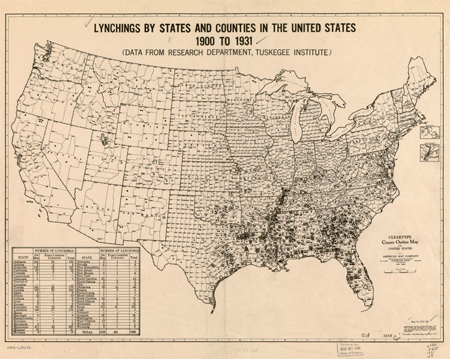Selecting Primary Sources That Deal with Difficult Issues
Primary sources bring history to life but life can be harsh. Teachers need to be prepared for primary sources that may include, as Library of Congress Educational Resource Specialist Danna Bell wrote in the Teaching with the Library of Congress blog, “material that would shock, anger, disgust, stun, frustrate or annoy”. But they also provide incredible learning opportunities as primary source expert and TPS Teachers Network Coordinator Mary Johnson noted in a comment to Ms. Bell’s blog post, “I never shy away from sensitive content because I believe we need to promote critical thinking around primary sources, no matter how ugly. That said, we should be aware of the age and maturity levels of our particular students when selecting primary sources.”
Before introducing any primary source to students, be sure to thoroughly review all sources yourself. You will need to consider whether the sources are appropriate for the maturity and skill level of your students (for more information, read Selecting Primary Sources: Criteria for Classroom Use).
Once you have selected sources from a variety of perspectives, help students to consider historical context in addition to the issue under study. For more suggestions and advice for teaching using primary sources that deal with difficult issues, please read the informative blog posts linked to below as well as a great page put together by American Journeys, a collaborative project of the Wisconsin Historical Society and National History Day and another useful post by Lauren S. Brown on MiddleWeb.
Teacher-selected primary sources reflecting difficult/controversial topics TPS Teachers Network
RISE analysis tool & RISE analysis guide Barat Education Foundation & DePaul University
Teaching with the Library of Congress blog posts by
- Dealing with Difficult Subjects in Primary Sources
- Information Literacy & Historical Sources: Difficult Topics February 4, 2021
- Teaching Difficult Subjects Using Primary Sources: Our Readers Respond January 12, 2012
- Selecting and Using Primary Sources with Difficult Topics: Civil Rights and Current Events April 5, 2016
Articles
- Difficult History and Avoiding False Balance from Teaching About the Capitol Insurrection On Social Studies and Education, Christopher C. Martell, July 31, 2021 (scroll down to access section)
- Teaching Difficult Topics with Primary Sources Social Education 75(6), pp 284–290 2011 National Council for the Social Studies
- Sensitive Content from American Journeys
- How Do We Teach about History’s Tragedies? from MiddleWeb
- Using Primary Sources to Foster Difficult Dialogues: Teaching the 1921 Tulsa Race Massacre Journal of Folklore and Education

